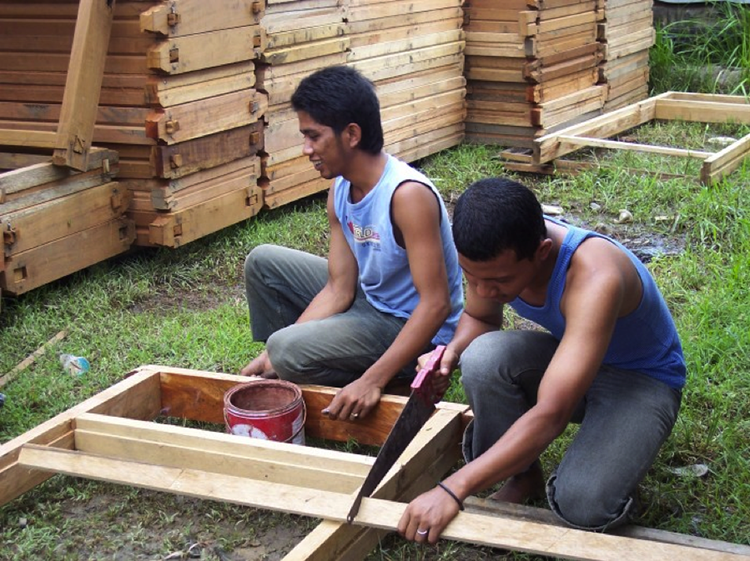Funding Recovery
Effective recovery requires financial resources, usually in the form of cash or loans. Cash can come from a variety of sources, depending on the context and circumstances of a particular disaster. The local and national governments of affected countries are typically the first source of funds. In some countries, including the U.S., there are funds reserved for disasters but – particularly in poorer countries – funding available from these sources may be insufficient to cover a large disaster or multiple smaller disasters.
Donations of various kinds are a second major source of funds, particularly in major international disasters, such as the 2004 Indian Ocean tsunami or the 2011 Tohoku earthquake and tsunami in Japan. Donations can come from other governments (as in the case of the United States Agency for International Development’s efforts in countries affected by the Indian Ocean tsunami), from non-profit, non-governmental organizations like the International Red Cross/Red Crescent, from direct donations by private citizens and businesses, and from various other sources. Insurance payouts are a third source of funding for recovery.
Individuals and businesses in developed countries are often required by governments and lenders to carry insurance, but insurance is far less common in developing countries. In those countries, loans typically make up the remainder of recovery funds. These loans are often offered by major international financial institutions, particularly the World Bank and the International Monetary Fund. Such loans are sometimes controversial because they usually come with political and economic strings attached that policymakers and citizens of recipient countries dislike. These lending institutions played a major role in financing recovery in nations affected by the Indian Ocean tsunami. In summary, internal government transfers, donations, insurance, and loans typically provide local governments, institutions, emergency managers, and private citizens with needed financial resources to pay for recovery.

